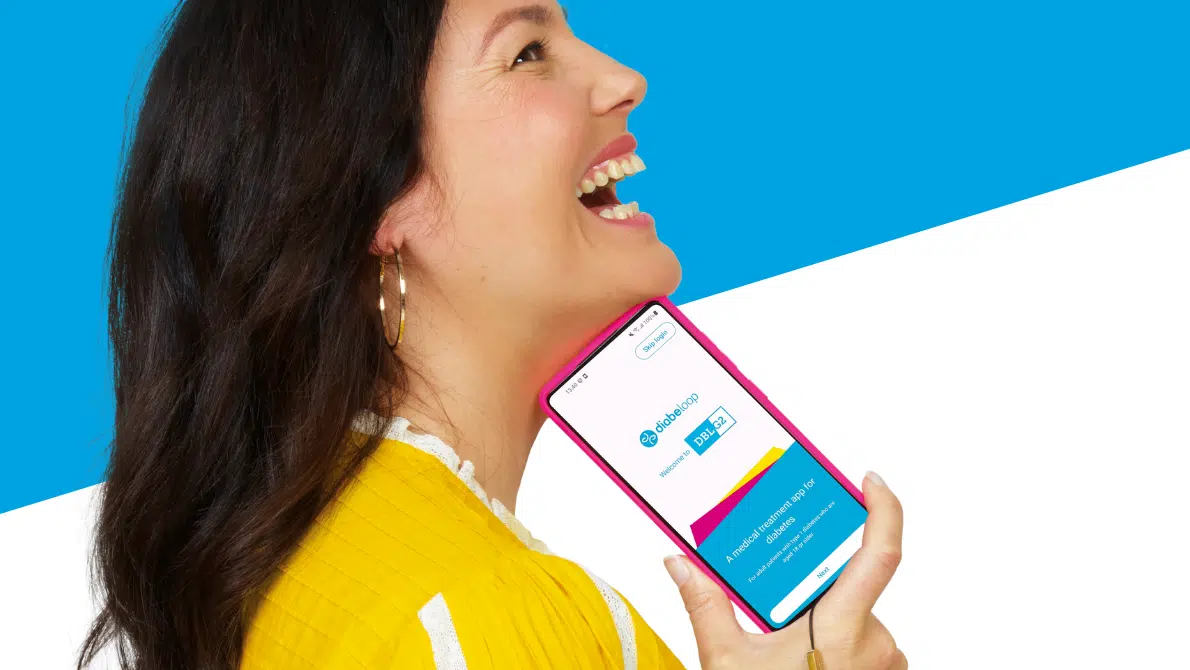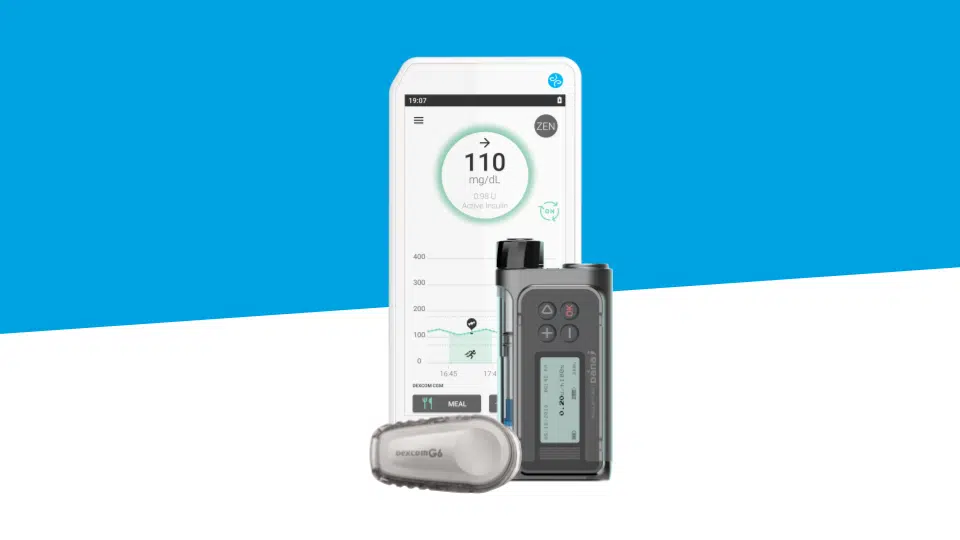
Chronic Illness: How Animals Help Us Deal With It
| Hey guys, welcome to my life with a chronic illness 🙂 My name’s Stéphanie, I’m 42 years old, and I’m a nurse. I’ve been living with Type 1 diabetes since I was 27, and I have a child who was also diagnosed with T1D in 2017. |
If you don’t already have a little (or large) ball of fur (or feathers) in your life, we’re pretty sure that you’ll be won over by the benefits of having a pet by the time you’ve finished reading this article.
From support dogs to horse therapy, or pet therapy in hospitals, the benefits of our furry (and feathery) friends are no secret. They soothe, comfort, reassure, and much more. Spoiler alert: They can also improve living with a chronic illness, such as diabetes!
Animals And Type 1 Diabetes: Support And Plenty Of Comfort
We know the mental load involved in living with diabetes (a pretty vast subject!). Sharing your day-to-day life with a pet is a great way to focus on something else, aside from managing your diabetes, so you can relax and enjoy other things.
When you’re living with a chronic illness, and particularly with diabetes, there are times when you may feel misunderstood or frustrated, having spent the night dealing with a hypo or hyperglycemic episode even though, as usual, you’ve been doing your best to avoid it. It’s in these moments, which can be pretty rough on your mental health, that pets can offer an endless source of support and comfort. They have an incredible ability to sense things and to interpret our emotions. Feeling the presence of your pet, spending hours stroking and cuddling them… We can’t think of a better way to feel less alone and to boost your self-confidence again.
For some people, it’s not always easy to communicate with their fellow human beings. Pets, however, don’t judge, and they use other forms of interaction that are mainly non-verbal (facial expressions, looks, gestures, attitudes, etc.).
| My Story:
I remember one evening, when I was a teenager, I was suddenly gripped by anxiety. I was a young diabetic, with a lot of uncertainty and questions. It was the first time I experienced anxiety like that. I didn’t know what to do, I felt so alone and helpless. At the time, living with my parents, we’d adopted a cat. We called her Anouchka, she was all white and such a sweetheart! That night, when I was inconsolable in my bed, she came to me and gave me lots of cuddles, purring a lot. She was there for me, as if she understood. She stayed with me until I felt better and managed to fall asleep. Her presence did me the world of good, and I really felt comforted. I’ll always remember that special moment. When I’m stressed, I try to think back on those moments with Anouchka to help calm me down. Animals have this wonderful ability to help our well-being, and to help us feel less alone. That’s so important when you have diabetes! Whether you choose a dog, cat, rabbit or horse as your pet, the most important thing is to find the right one for you. |
Read more: How Does A Preteen Deal With Type 1 Diabetes?
Dogs Who Can Detect Hypo- And Hyperglycemia
Just like the guide dogs used by those with vision impairment, or the therapy dogs used by sufferers of anxiety, there are assistance dogs for diabetes, too. They’re trained to be able to detect hypo/hyperglycemia in their owners and to alert them or someone nearby. It’s all in their sense of smell!
Researchers at the University of Cambridge carried out a study and found that, when someone is hypoglycemic, they product a VOC* which is detected in their breath and which a dog can be trained to detect by smell.
| *VOC… What The Heck Is That?
Don’t worry, it’s nothing crazy! VOC stands for Volatile Organic Compound, also known as isoprene. |
The dog is trained to alert their owner by nudging their legs or arms with their nose. If they don’t react, the dog will press an alert button to call for help.
In the same way, dogs can detect particular types of breath linked to ketoacidosis during hyperglycemic episodes.
To be as effective as possible, it is recommended that the dog spend as much time as possible with the person who has diabetes. Each person has their own, unique odor that the dog needs to get used to.
Several charities work to train dogs to improve the quality of life of people with diabetes, and to reduce the frequency of severe hyper- and hypoglycemic episodes:
- ACADIA in France,
- Diabetes Alert Dog Alliance, Dogs 4 Diabetics, Early Alert Canines and Heads Up Hounds in the United States.
- Diabetes Warnhunde in Germany
Although not all people living wih diabetes may be able to use these trained dogs, they can all adopt a pet that will provide lots of comfort and love 😊
Confirmed Health Benefits
More Exercise, Less Excess Weight
Some pets encourage their owners to walk or run, or generally just move around more. Doing more exercise can help reduce lifestyle-related issues, like being overweight or developing certain types of diabetes.
Please note: Regular physical activity is recommended whether you’re living with a chronic illness or not.
Read more: Type 1 Diabetes: What Factors May Cause Excess Weight And/Or Weight Gain?
Fewer Cardiovascular And Neurological Complications
Several studies have shown that pets contribute to reducing heart rate and lowering blood pressure.
| Did You Know? A Cat’s Purring Reduces Your Risk Of Having A Stroke Or Heart Attack
The University of Minnesota’s Stroke Institute conducted a study that revealed that 30% of cat owners were more likely not to suffer a stroke or heart attack. |
In parallel, a study presented at the 74th Annual Meeting of the American Academy of Neurology showed that cats and dogs are beneficial for brain health and can slow or reduce cognitive deterioration.
Improved Well-Being
The human-animal relationship and the emotional bond this involves helps to:
- release oxytocin, the pleasure/love hormone,
- reduce cortisol levels in the blood, a physiological stress indicator,
- increase endorphin rates, which creates a sense of well-being.
Read more: Type 1 Diabetes And Horse Riding: Saddle Up!
Have we convinced you? Now all you have to do is to find your future four-legged friend!







